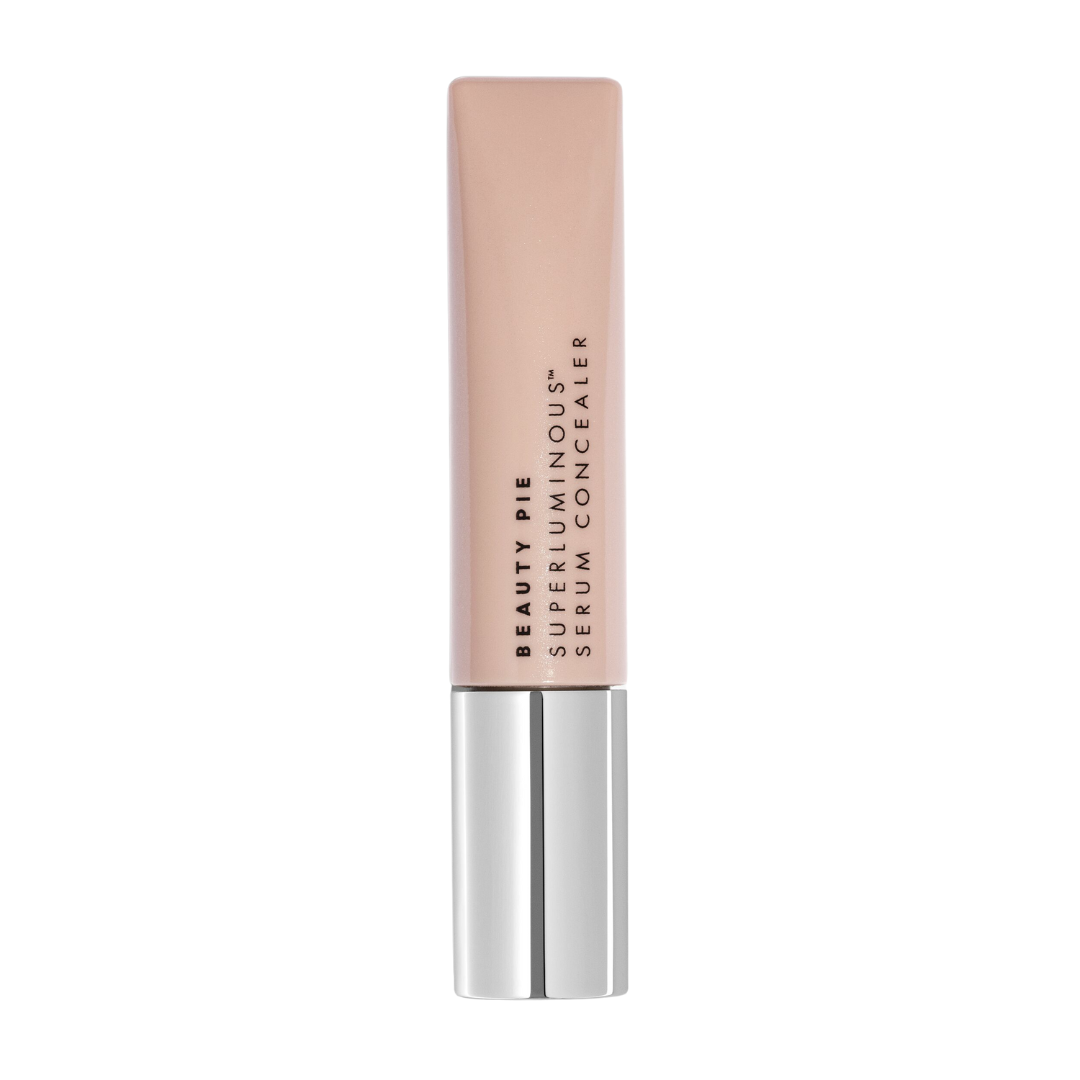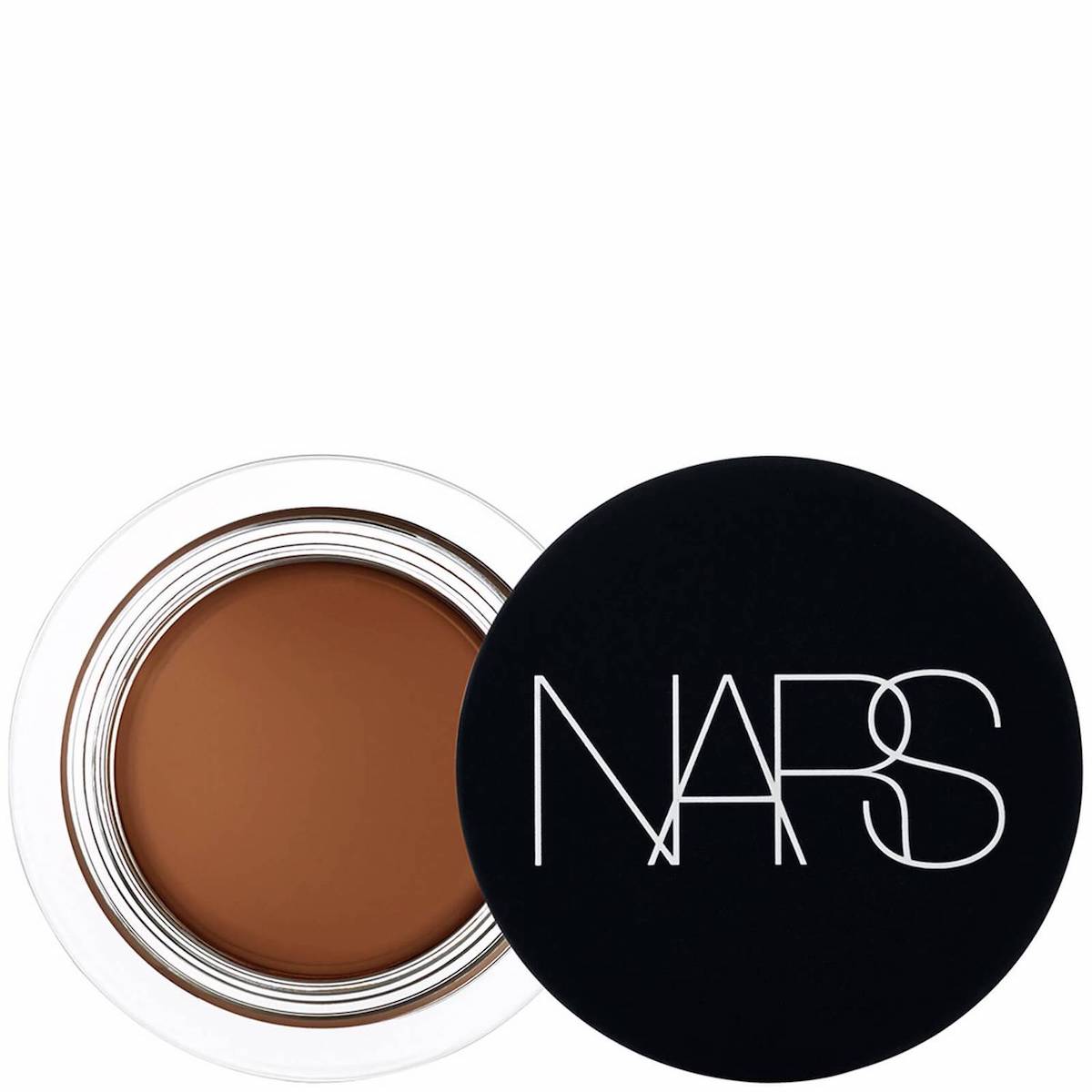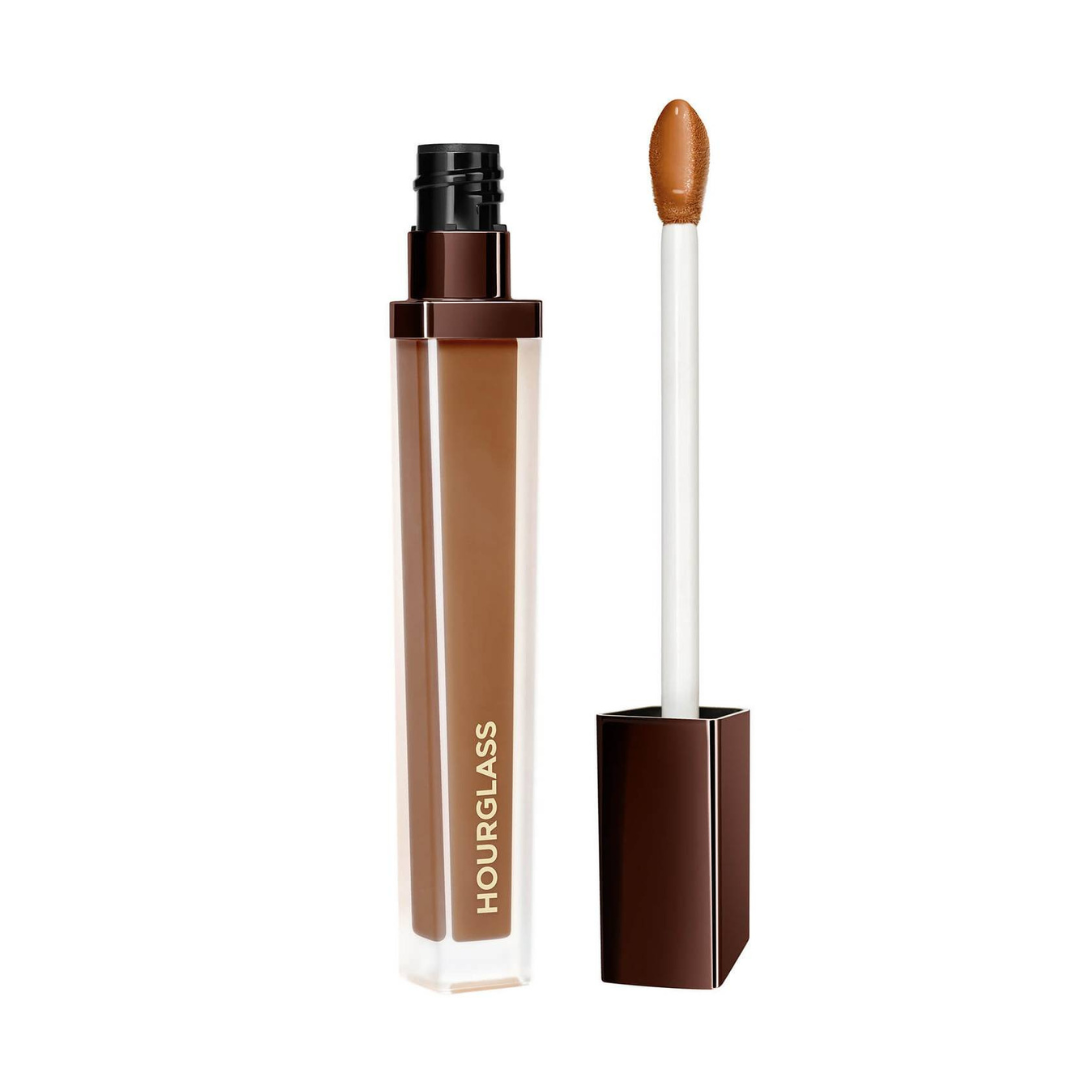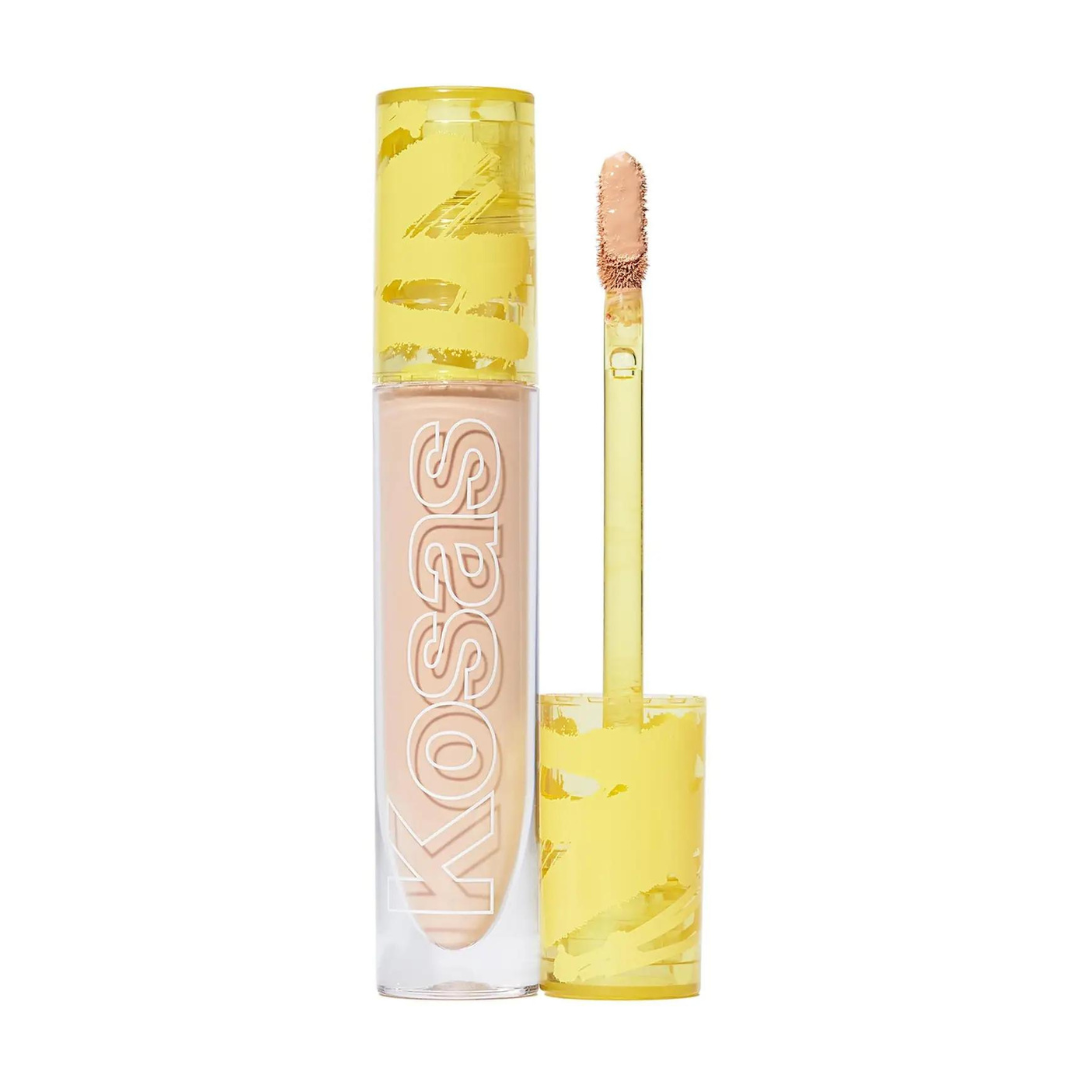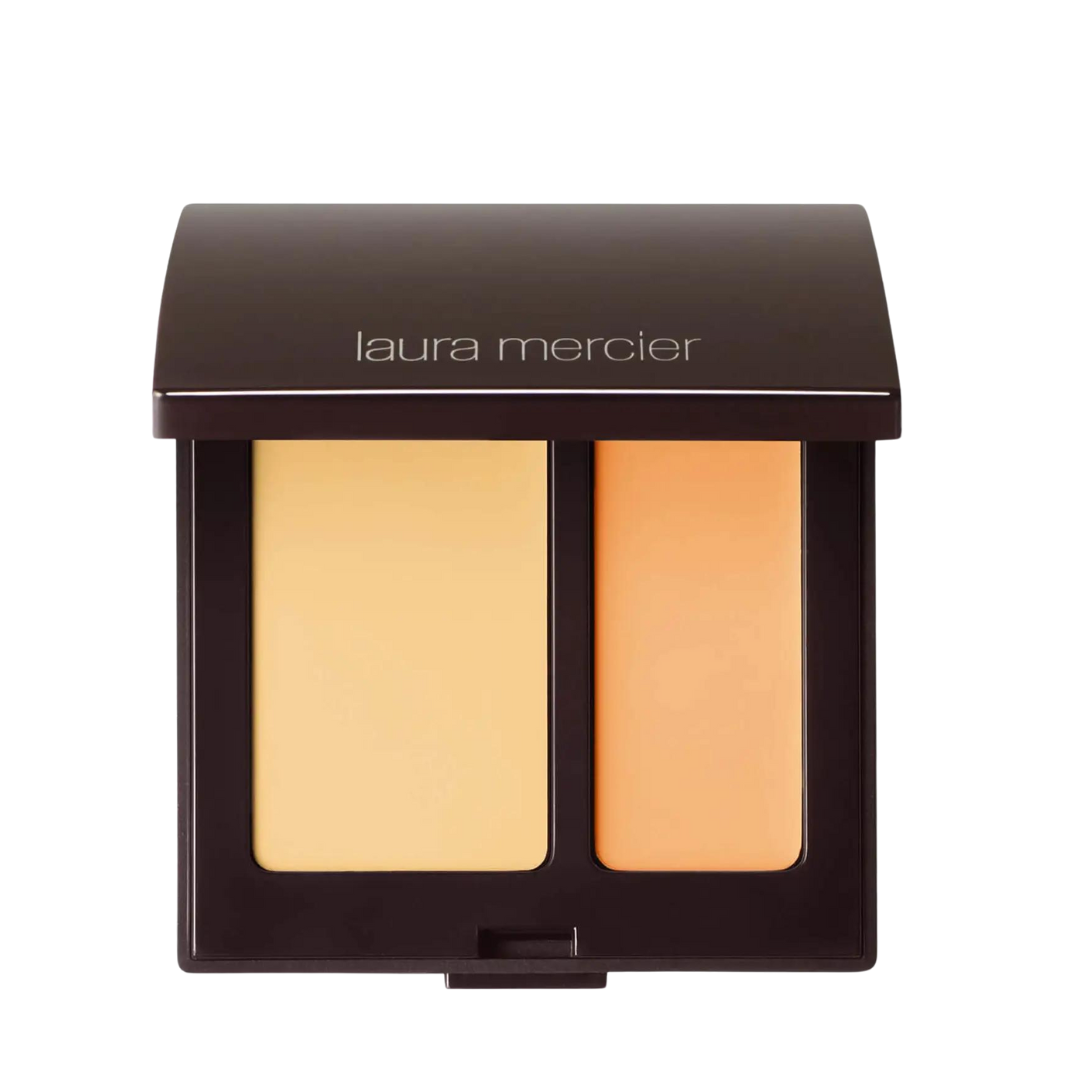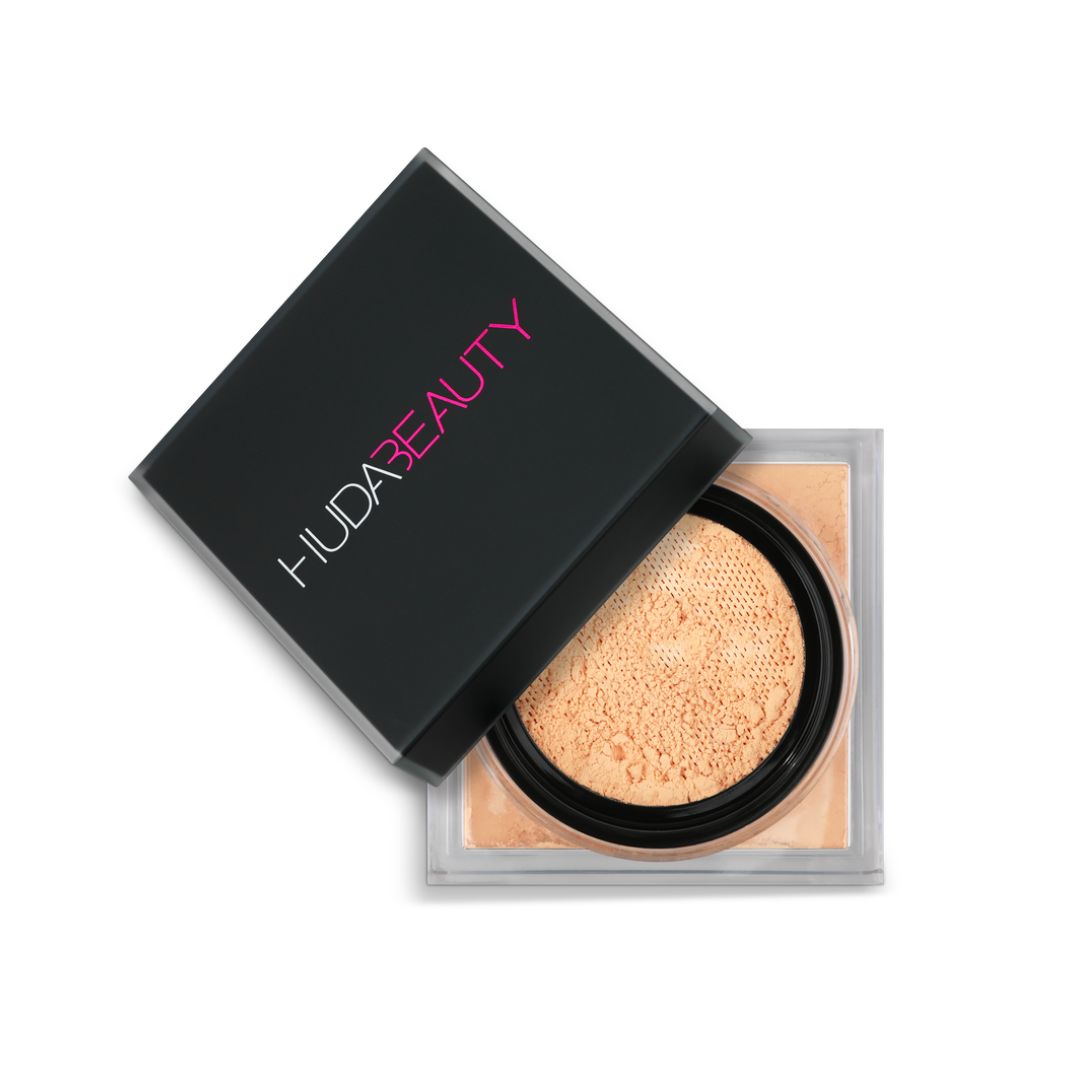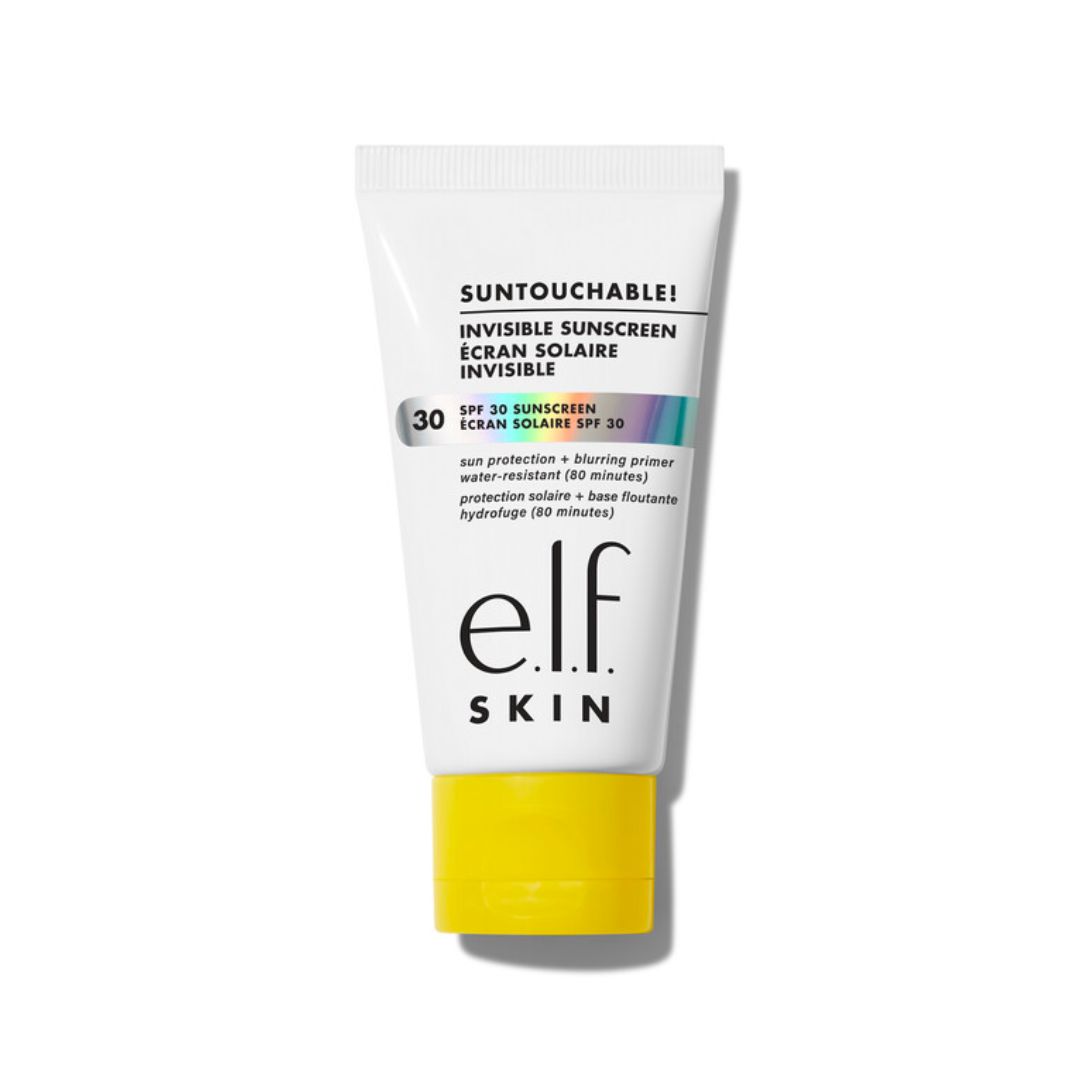If your concealer isn't doing its job, you're probably making one of these 4 mistakes
From dry patches to colour matching, this is how to address all your concealer woes
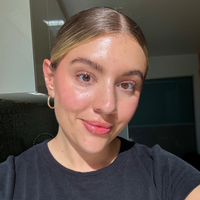
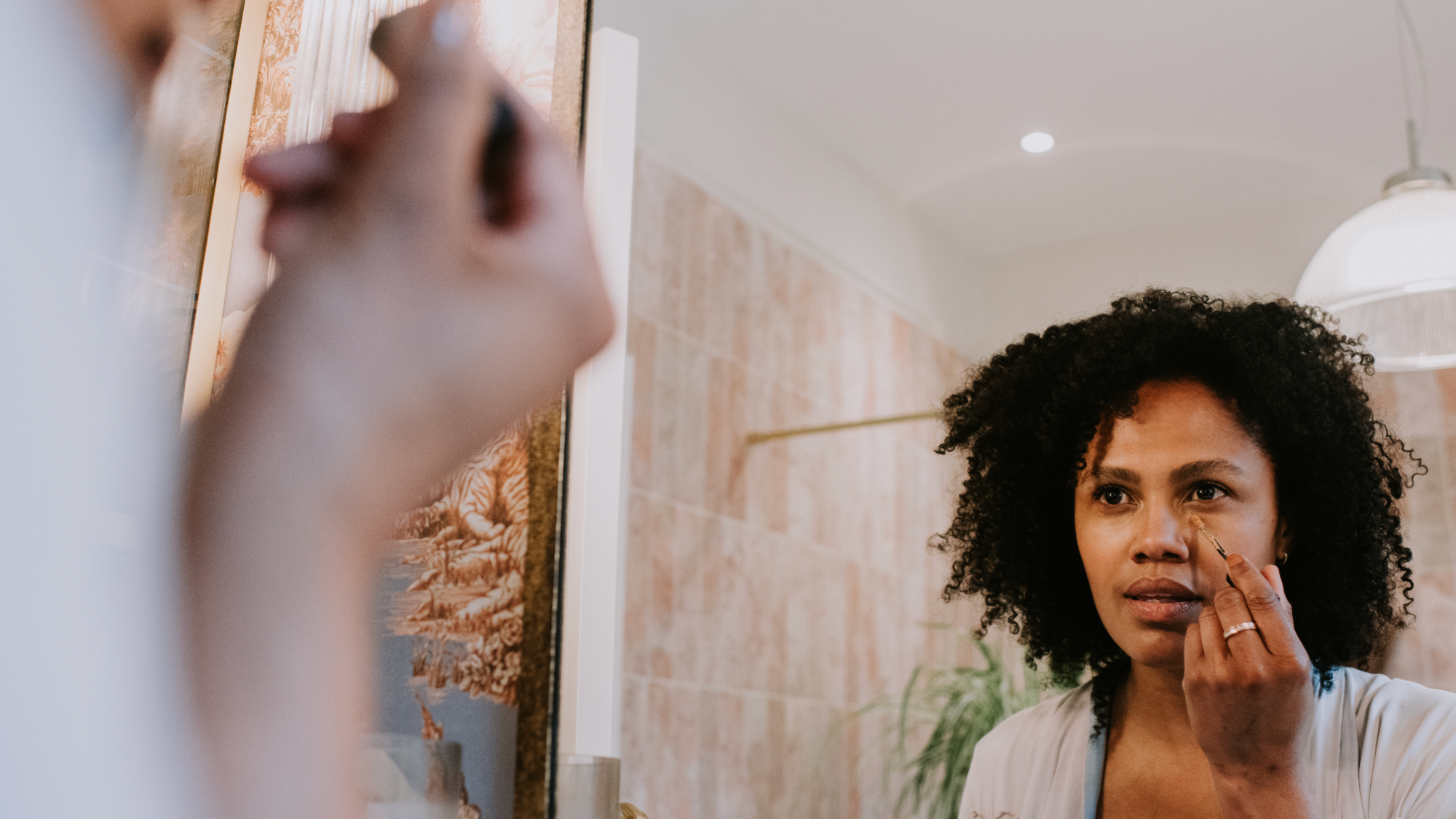
Whether your make-up stash consists of just the basics or it's jam-packed full with all the latest launches, it's more than likely you'll have at least one go-to concealer in there. Be it a full-coverage formula for covering blemishes, something creamy and blendable for redness or an under-eye brightener to disguise dark circles, concealer is one of the most leaned-on products to make the biggest difference to your overall look.
However, applying concealer correctly is not without its difficulties. In fact, getting your concealer just right can be quite the challenge; from choosing the right one (trust me, great affordable concealers exist) to perfecting application, you can encounter a plethora of concealer issues along the way. Luckily, I just spoke with two top make-up artists to reveal the most common concealer mistakes that get in the way of the desired result and what to do instead. Here's what they said...
Mistake #1: Incorrect shade matching
Make-up artist, Mira Parmar says that there are two main mistakes people make with their concealer, and the first is in struggling to find the correct shade.
The easiest way to solve this problem? Rather than guessing your shade online, visit a store where possible—products can look very different in photos than they do IRL. Mira recommends popping to your local Sephora or Boots, both of which have great range.
When it comes to shopping for concealer to hide blemishes, a perfect skin-tone shade match is key. "For blemishes, find a concealer that matches your skin shade perfectly [so that it] flawlessly blends into the skin," says Mira.
However, when it comes to under-eye concealer, the rules are slightly different. "Go one or two shades lighter than your skin tone to brighten and open up the under eye," she says. "Also, opt for under-eye special formulas, which are made with brightening ingredients."
This highlights (sorry, I had to) the need for two separate concealers for under-eye brightening and high-coverage concealing. Unless you find a go-to hybrid to tick off both, choosing one per concern is usually your best bet.
Celebrity news, beauty, fashion advice, and fascinating features, delivered straight to your inbox!
Mistake #2: Choosing the wrong formula
Mira's other most commonly heard qualm centres around incorrect texture and consistency, which she says is usually down to selecting the wrong product for your skin type. Dry and oily skin types will typically not get along with the same concealer, meaning you may need to do some searching to find your perfect match.
Oily skin types might get on best with a liquid formula. "These are light in coverage, feel lightweight and are great for oily to normal skin," explains Mira.
Drier skin? "[Cream formulas] are light in coverage, heavier in texture and great for dry to normal skin types," she says.
If you want to cover blemishes and have a normal to oily skin time, Mira recommends looking at stick formulas.
Mistake #3: Applying too much at once
If you struggle to keep your make-up in place past lunchtime, you're not alone. Concealer in particular has a real habit of sliding, and thus, longevity issues are rife amongst make-up wearers. Luckily, beauty editor and make-up artist, Madeleine Spencer has the answer: layering.
"Apply the same rules you’d use for dressing to go outside in the UK and use layers [with your concealer]," she begins. "By this I mean don’t apply a load of concealer to a spot or under your eyes all at once—just put a dab on then add more until you get the coverage you want."
If you really want to boost that staying power, however, you'll need to reach for something to lock your concealer in. "Your next layer: powder," says Madeleine. "Just a thin wash of it dusted on top is best. Make sure you press the powder on rather than scrub the brush so you don’t disturb the concealer underneath."
Mistake #4: Not prepping skin
"Applying concealer requires great skin prep," says Mira. "If the skin prep is not there, concealer will not sit correctly and cakeiness and creasing may appear."
So how exactly should you do this? Madeleine suggests the following: "Ideally, you’d apply serum and moisturiser before concealer, and then have a weekly or bi-weekly face mask situation that kept your skin soft and free of dry bits."
If you find that your concealer is settling into under-eye creases, prep can help prevent that. "Hydrate the skin around the eye before applying concealer; this will help with fine lines but also allow your concealer to stay put," reveals Mira.
If you've not done your longer-term prep and experience an SOS situation that involves dryness creeping through, Madeleine says it's best to go for a more hydrating liquid formula. "You need to apply a liquid or wax concealer, and apply the least amount possible in the dry zone—a very thin layer will do." She recommends Nars Radiant Creamy Concealer for this.
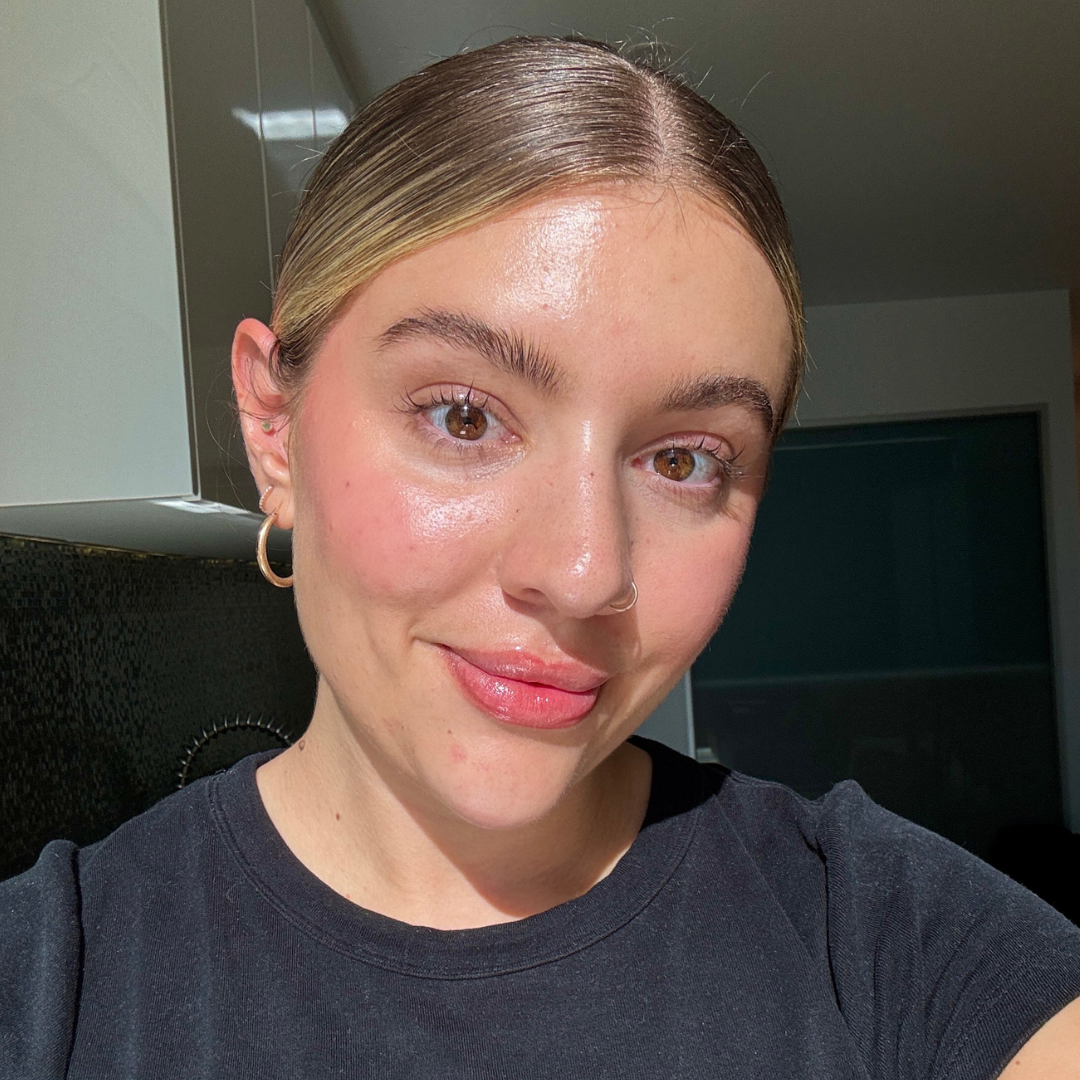
Rebecca is a freelance beauty journalist and contributor to Marie Claire. She has written for titles including Refinery29, The Independent, Grazia, Coveteur, Dazed, Stylist, and Glamour. She is also a brand consultant and has worked with the likes of The Inkey List on campaign messaging and branded copy. She’s obsessed with skincare, nail art and fragrance, and outside of beauty, Rebecca likes to travel, watch true crime docs, pet sausage dogs and drink coffee. Rebecca is also passionate about American politics and mental health awareness.
